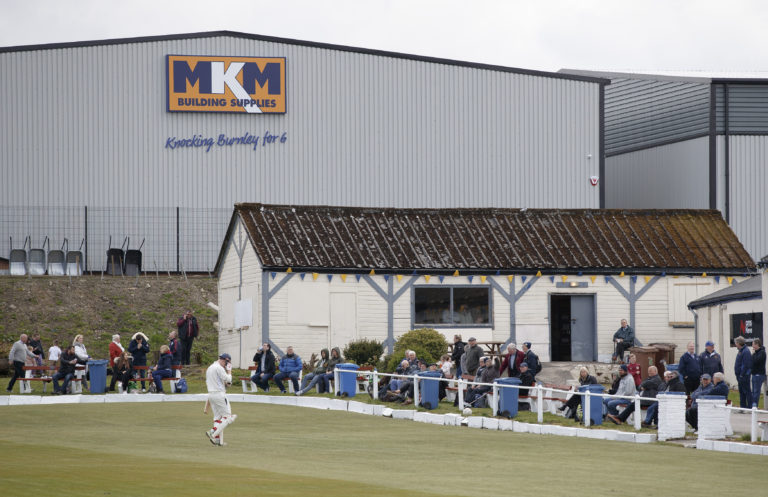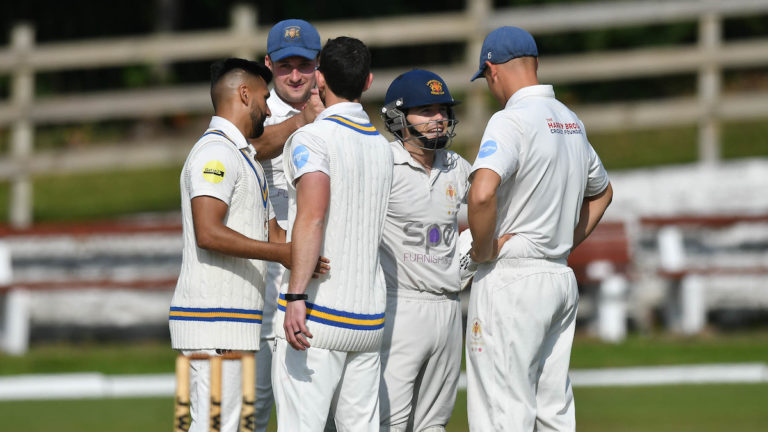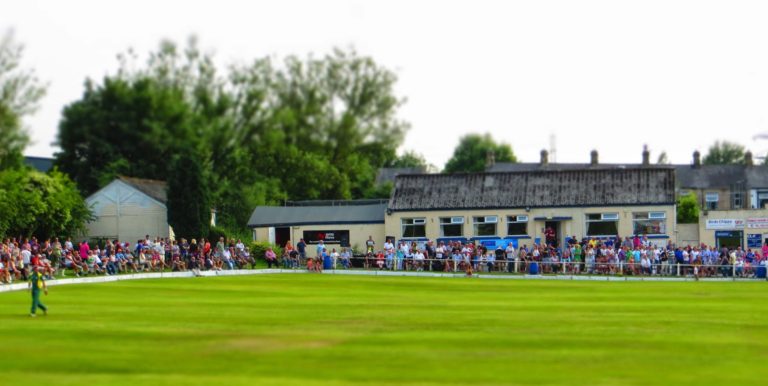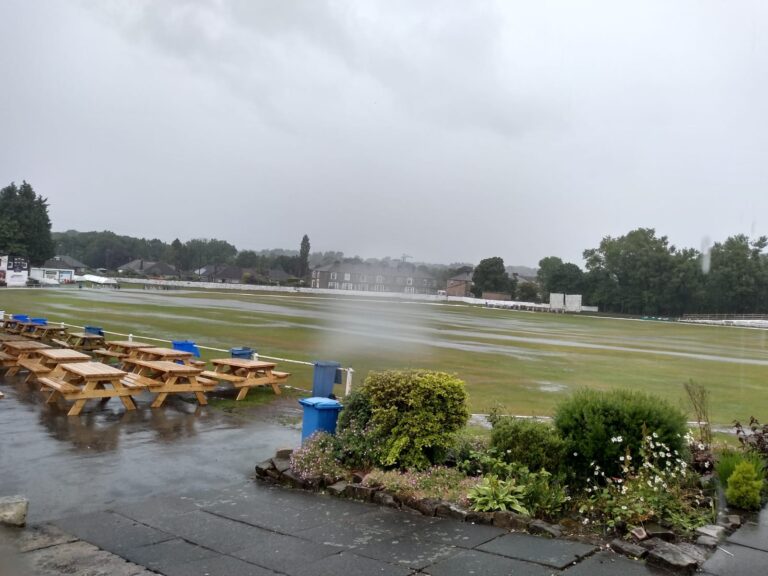1908: Abram Disaster – Social History
As Stan mentioned in his recent notes, the club has helped to raise a considerable amount of money for the NHS. The link between our local cricket clubs and good causes is of long standing. This is the story of how the Lancashire and Central Lancashire Leagues came together in 1908 to “help the helpless”.
As part of Nigel Stockley’s on-going project , I am transcribing early handwritten Lancashire League minutes for the crickethistory.website, and currently have reached 1908. The League was by this time running smoothly and the minutes of the monthly meetings are pretty repetitive, dealing with player transfer requests, imposing fines for teams not being ready to start play on time, then hearing the explanation and letting them off, “the train was late”, “the kit bag didn’t arrive on time”, “it was the groundsman’s fault”
So when on August 25th 1908, the Lancashire League Committee suddenly held a special meeting to discuss quickly arranging a match between the Lancashire and Central Lancashire Leagues, in aid of the Abram Colliery Disaster Fund, something significant had obviously happened.
On Tuesday 18th August 1908, at 5.10 pm, shortly after the day shift of more than 500 men had come to the surface, leaving a night shift of repairers and shot-lighters underground, a massive explosion ripped through the Maypole mine, at Abram Colliery near Wigan, killing 75 men, 3 of whom were actually only boys. Three men survived. The dead men were mostly local but there were also a lot of Irishmen from County Mayo.
An heroic rescue effort was launched in dreadful and dangerous conditions, but it was impossible at that time to recover more than 7 bodies, before the mine was flooded in an attempt to extinguish the fire which was still burning in November.
(A report of the accident can be found on various websites, a very detailed report appears on the website of the Northern Mine Research Society )
Not only were the families of the dead men in need of urgent financial help, but most of the rest of the workforce, some 700 men, were thrown out of work too.
The Mayor of Wigan immediately launched a public appeal with a target of £16,000
Dr. Haslewood of Blackburn suggested a fund-raising inter-league cricket match. The Leagues would bear all expenses themselves so that every penny raised would count. Burnley CC agreed to host the match at their expense, including teas for the teams and officials. Tickets were distributed to the clubs for pre-sale, 200 posters were printed and sent out, clubs were asked to make a collection at their next home game, and to also contribute one guinea each from their own funds. The two League secretaries placed adverts in the local press, appealing to all lovers of cricket to “rally round by purchasing tickets even if they cannot attend, or by contributing to the fund, and thus show that cricketers are prepared to help a good cause. The cause of charity is dear to the heart of your cricketer.”
The actual match on Monday, 14th September was almost literally a wash out, rain prevented play until nearly 3 o’clock and attendance was understandably meagre. Each team comprised 9 amateurs and 2 pros. Lowerhouse’s William Whittaker was first reserve but wasn’t needed. Billy Cook, Burnley’s pro. (who also played for Lowerhouse) was the outstanding player on the day, taking six wickets, and the Central Lancashire League side were dismissed for only 45, which the Lancashire League knocked off for the loss of four wickets before more rain brought the game to an end. Despite the proceeds on the actual day only amounting to a few pounds, when the League Secretary presented his balance sheet, the total of all the ground collections, ticket sales, club donations etc., meant that the two leagues were able to send the Mayor of Wigan £131 13s. – a very substantial sum at the time.
By the end of the year, the Mayor’s public appeal had raised some £26,000.
There had been substantial initial donations from organisations and institutions, and from wealthy individuals, such as the Royal family. When the fund had reached £1400, philanthropist Andrew Carnegie sent a cheque for the same amount, and asked that “if anyone was injured trying to mitigate the disaster please attend to his wants liberally”, recognising the heroism of the rescue teams.
However, as always, it is the generosity of ordinary people giving their little bit, which is so impressive. The lists of donations published regularly in the Wigan Times tell a story of collections being held at every imaginable social gathering, every choir practice and bible class, every workplace and colliery, in churches, cafés , town centres, music halls and theatres, pubs and clubs, football matches and much more.
At the League AGM in February 1909, the League Secretary spoke with pride about the money they had raised, and said that they had been able to show critics of League cricket, that “League cricket can serve a useful purpose, in addition to providing a healthy recreation for the young.”
Anne Cochrane – March 2021







